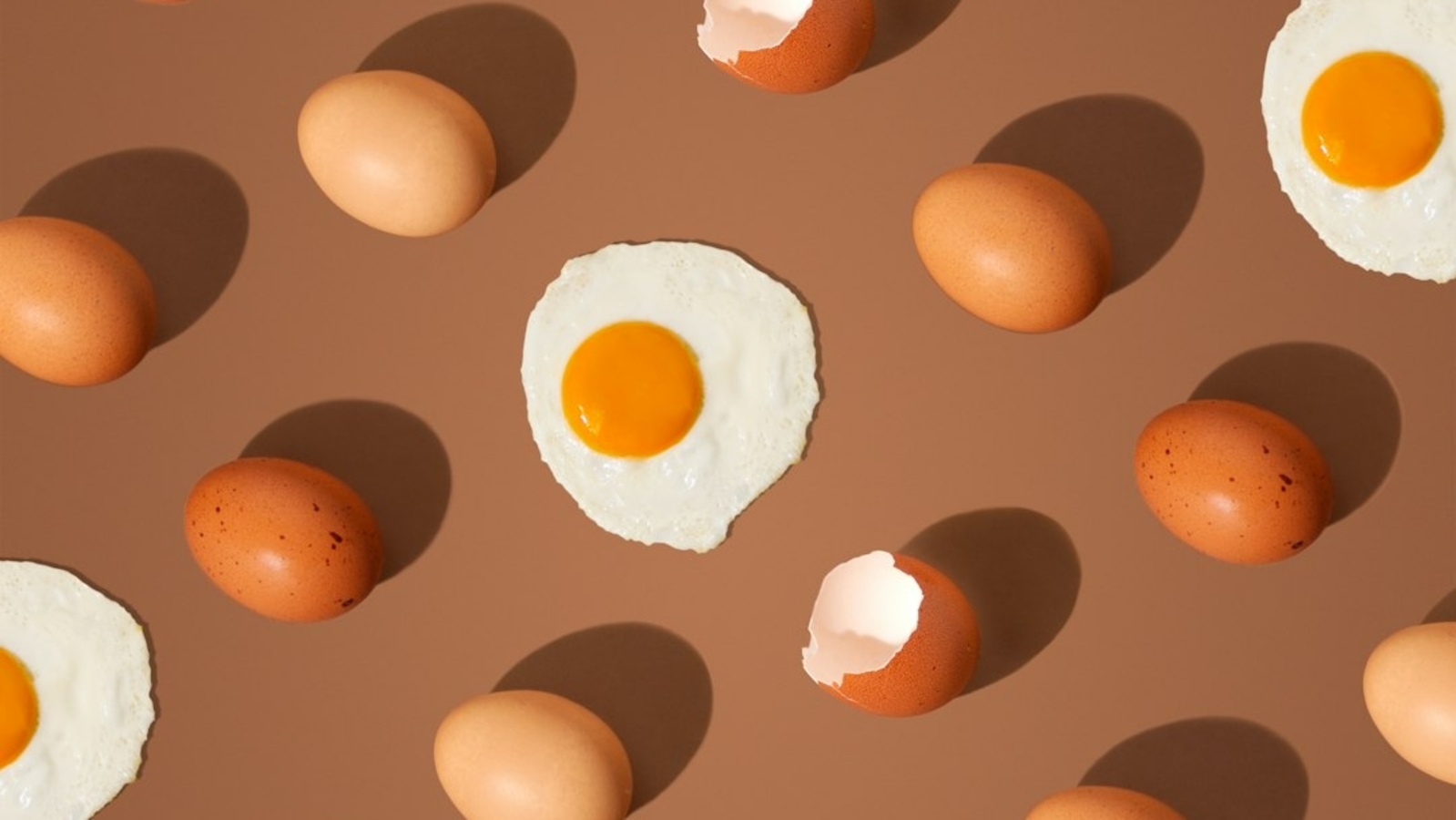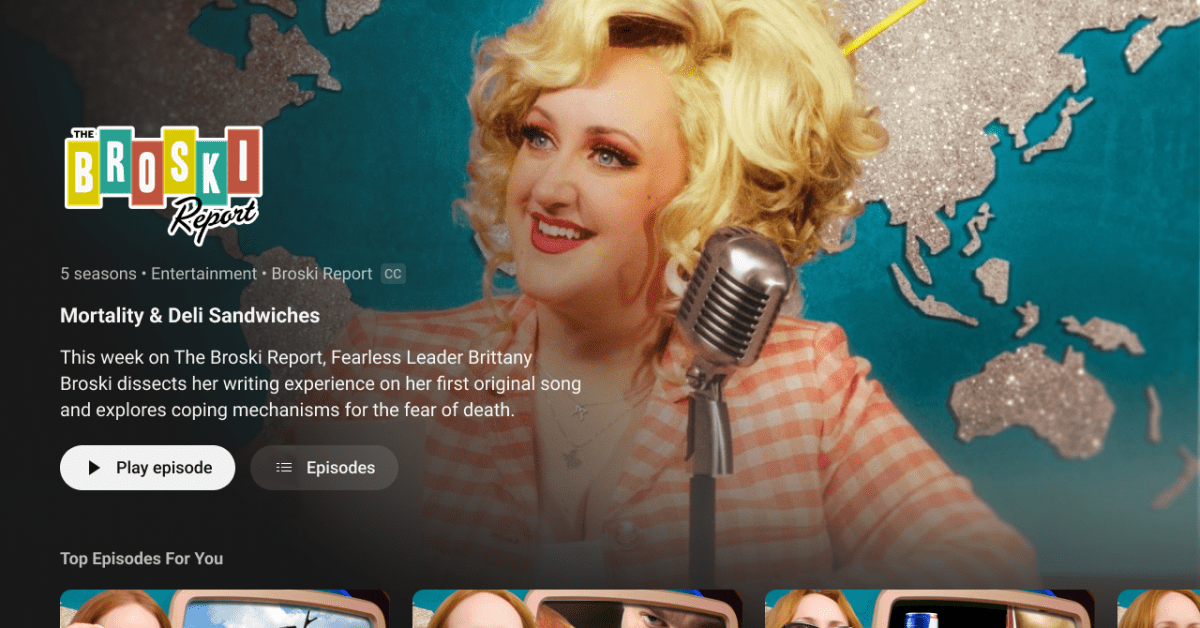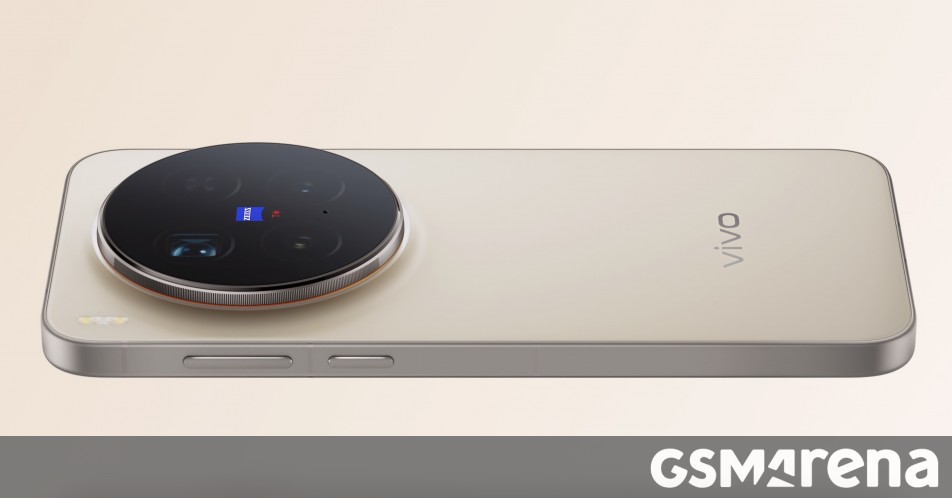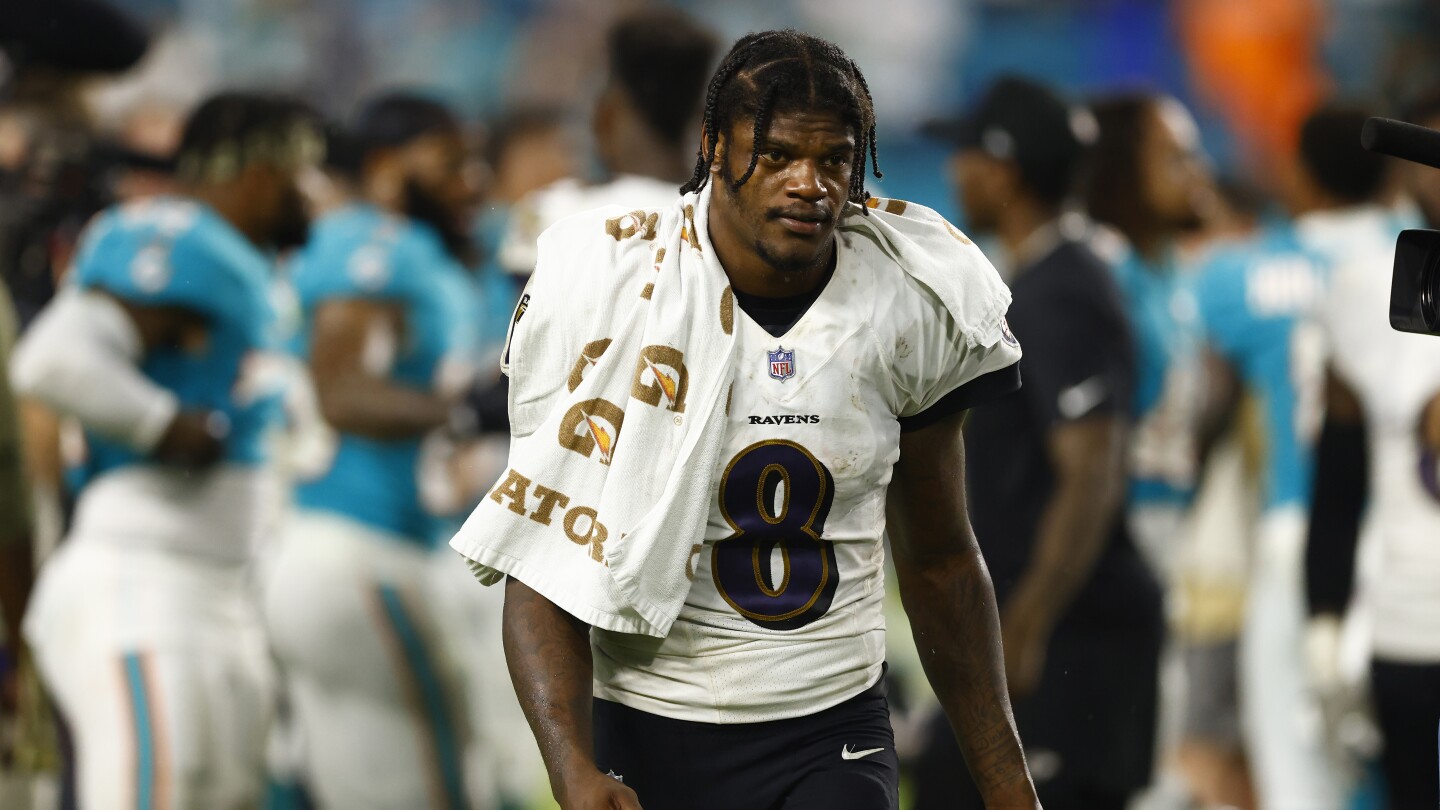This is Lowpass by Janko Roettgers, a newsletter on the ever-evolving intersection of tech and entertainment, syndicated just for The Verge subscribers once a week.
The YouTube app on your TV is about to undergo some massive changes, to the point where you might confuse it with Netflix, or any other paid streaming service, at first glance.
Instead of getting overwhelmed by a long, chaotic list of thumbnails as soon as you open the app, you’ll soon be greeted by massive banner images teasing the latest episodes of your favorite channels, ready for you to flick through. Those images, which are also at the top of individual channel pages, will look a lot crisper, thanks to YouTube bumping up its upload limits for thumbnails for the first time in a decade.
And, perhaps most significantly, a growing number of channels will feature shows in a more familiar format. Videos will be organized by seasons and episodes, ready to be binge-watched, just like on Netflix. “When viewers watch [this] content, they’ll go episode to episode based on how it’s organized,” explains YouTube senior director of product management Kurt Wilms. “When they turn on the TV a day later, they can continue right where they left off in the show.”
It’s all part of a move by YouTube to live up to viewers’ expectations on the big screen: Over the past few years, the service has seen massive growth of living room usage, to the point where people now watch over a billion hours’ worth of YouTube videos on TV every single day, and YouTube accounts for 12.6 percent of all TV viewing in the United States — about as much as Netflix, Disney Plus, Hulu, and ESPN Plus combined.
In other words: YouTube has become the new TV. Now, it also wants to look like it.
The rollout of shows across YouTube channels has been a long time coming: First announced a little over a year ago, the feature was initially developed several years back when YouTube began working on a channel store for third-party video services on its platform. Bringing that type of subscription content directly into the YouTube app required listing individual TV shows with complete seasons on its platform.
“Shows was born out of what we call Primetime Channels,” Wilms explains. “We made big, beautiful show pages for our Primetime Channel content. When we were building that and originally rolling it out, we realized: Creators would love this feature too.”
At the core of the decision to expand shows to creators was the realization that the lines between professional and user-generated content were increasingly getting blurry. “For us, it’s no different if you’re a White Lotus or you’re Michelle Khare with Challenge Accepted. The content is the same. The way you can consume it is the same. We see our viewers bouncing between both.”
With viewers increasingly watching their videos on TV, YouTube has also seen creators adapt and expand beyond short, viral clips. “They’re moving towards more episodic, cinematic content,” Wilms says. “Great storytelling. Arcs that continue, video after video.” And, one might add, higher-resolution videos, with 4K uploads up 35 percent year over year.
Another trend has been the growth of video podcasts, with over a billion people consuming podcasts on YouTube every month. A growing chunk of that usage happens on TV. “There’s over 400 million hours of podcasts watched just in the living room every month,” Wilms says. “We talk about podcasts as the new late-night talk show.”
Just as broadcasters are retreating from the late-night format, YouTube is now making those podcasts look more like TV shows in its app as well. “All the podcasts on YouTube now also get this show treatment,” Wilms confirms.
YouTube is finally trying
The rollout of the new Shows format, as well as the redesign of the TV app’s homescreen, was announced Wednesday alongside a few other features that also include AI upscaling of lower-resolution videos and simplified TV-based shopping.
All of this comes after years of YouTube seemingly focusing the majority of its resources on mobile, and new formats like Shorts, while its TV app languished. Sure, there were some occasional updates here and there. But at its core, YouTube didn’t seem quite ready to embrace the big screen.
Case in point: For the longest time, creators couldn’t upload thumbnail images that were larger than 2MB, and YouTube would automatically rescale those images to 720p. “Over 10 years ago was the last time we changed how uploading a video thumbnail worked,” acknowledges Wilms. With this week’s changes, uploads can be up to 50MB in size, and YouTube will display them in 4K on modern TVs.
That change may seem minuscule, but it’s part of a broader issue that has confounded streaming industry and Hollywood insiders for some time. YouTube’s ascent to the biggest force in television appeared almost entirely accidental, driven by audience behavior changes much more so than by some big, coordinated strategy. Wurl CEO Dave Bernath put it this way during a recent keynote presentation about the rise of YouTube on TV: “The scary thing about this is that they’ve really done it without even trying.”
Now we’ll get to see what it’s like when YouTube is actually trying.
First Appeared on
Source link













